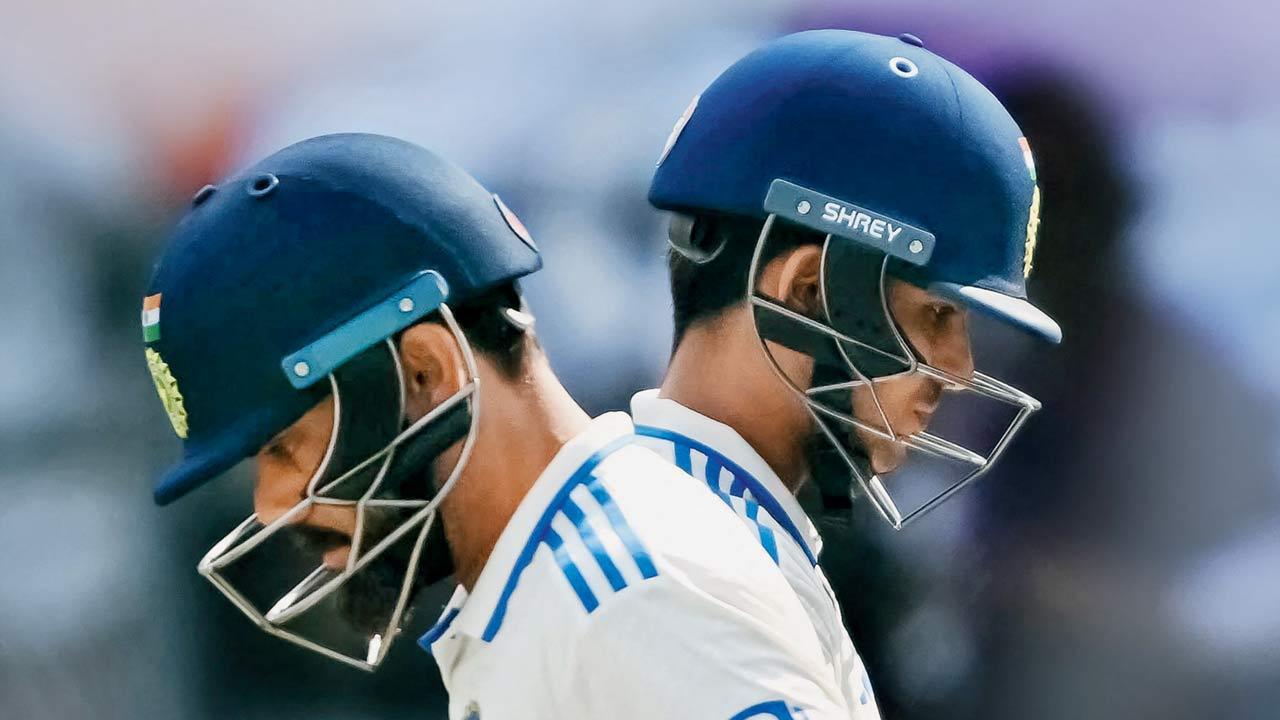
It's never good to experience batting failures but being whitewashed by New Zealand’s pace and spin bowling came at the worst possible time. With a demanding tour against a very strong Australian bowling attack looming, India needed to exude strength not fragility. Of India’s deflating losses, the ones in Pune and Mumbai on pitches favouring spin were the worst.
They were bowled out for a paltry 46 on a seaming pitch in Bangalore but they’ve recovered from a previous rout. In Australia they collapsed for an abysmal 36 but fought back tenaciously to claim a series victory. However, the losses in Pune and Mumbai were on India’s favoured surfaces —ones that assist spin—and they failed dismally.
Amazingly, India had been undefeated on home surfaces for eighteen series - an incredible span of 12 years. Not only did India lose at Pune and Mumbai but they were also out-bowled and out-batted by a resourceful New Zealand. Undoubtedly the worst feature of India’s losses was their extremely poor batting on a surface that spun.
This should have been a time for India to shine rather than capitulate. To then read about the response to the monumental failure in Pune was nonsensical. Apparently India practised in Mumbai with lines drawn on the pitches and a serious focus placed on the sweep shot.
Some of England’s batting of late on surfaces that spin has been laughable. The Indian reaction to their deflating defeats is in a similar category. Top-class batsmen don’t need lines on a pitch.
They already know how to bat along with which balls to play and those to leave alone. The question should have been why was there such a disturbing lack of decisive footwork from India’s premier batsmen? England’s infatuation with the different varieties of the sweep shot is ludicrous. Have a look where it got them; consecutive drubbings against Pakistan’s spin duo who captured an amazing 39 wickets out of 40 to fall.
Those figures are a painful reminder of ’s Jim Laker capturing an incredible 19 out of 20 Australian wickets on a crumbling Old Trafford pitch in 1956. Debacles are humiliating. Regarding the supposedly all-important sweep shot; who is the insensitive coach who preached that the reverse sweep is safer to play in Test cricket rather than employing decisive footwork? The danger of the reverse sweep in Tests was adequately revealed with the senseless dismissal of Yashasvi Jaiswal in the first innings of the Mumbai Test.
The reverse sweep in Tests can be a dangerous shot because it’s premeditated. Precise footwork on the other hand is tailored to the actual length of the delivery. The odd player is very good at all types of sweep shot but the majority should rely on decisive footwork to negate good spin bowling.
And while we’re on the reverse sweep — the shot where the batsman changes the order of his hands or feet should be deemed illegal. A batsman who employs these methods is doing so mainly to disrupt the field placings which are set for an opposite-handed player. The reverse sweep, when it’s adopted by a person who changes batting style in mid-delivery, might be spectacular and also skilful but it’s not fair.
Fairness should be a consideration when framing the laws and playing conditions. New Zealand’s superiority was embodied by left-arm slow bowler Mitchell Santner. He’s a solid white-ball bowler but not one who should capture 13 wickets in a Test.
Star batsman Virat Kohli’s first innings dismissal in Pune was the perfect example of India’s lack of decisive footwork. Kohli was clean bowled by a delivery from Santner that if the batsman had taken even a small pace out of his crease he could have hit on the full. However, instead of Kohli’s lack of decisive footwork being the culprit, his shot selection was questioned.
The calamitous displays against New Zealand exposed weaknesses in India’s batting. There’s no good time for batting fragility but on the eve of a tough tour of Australia it’s asking for trouble..














